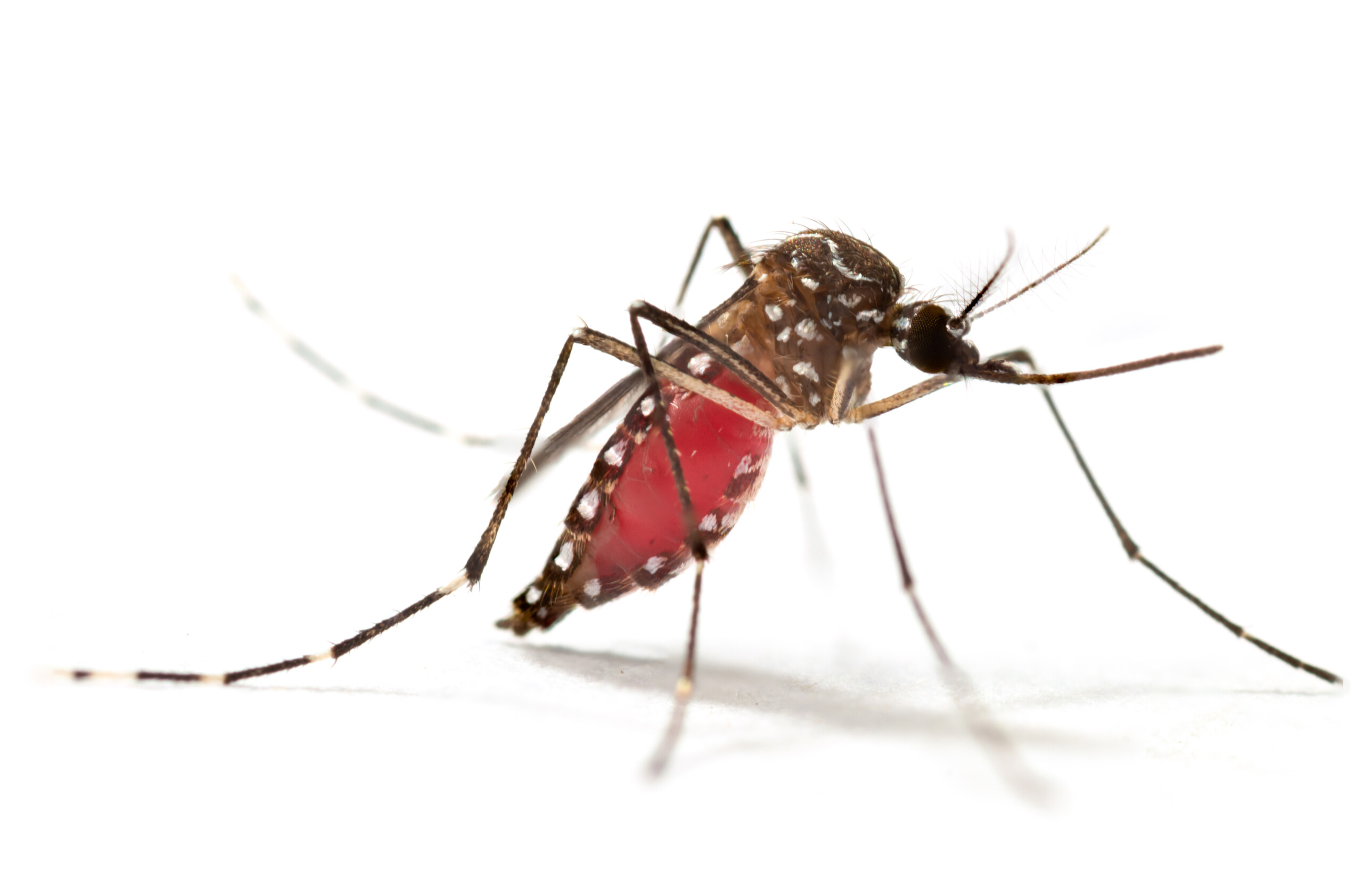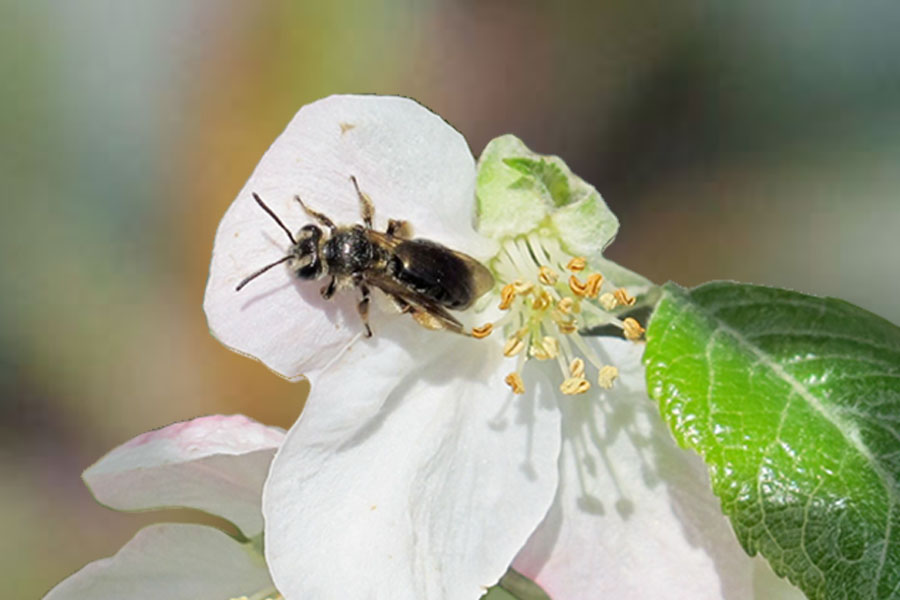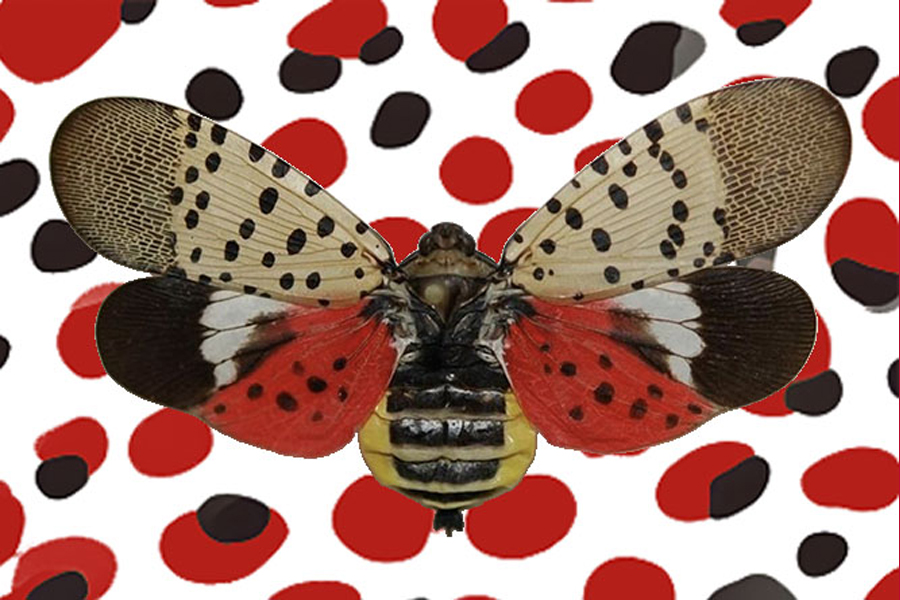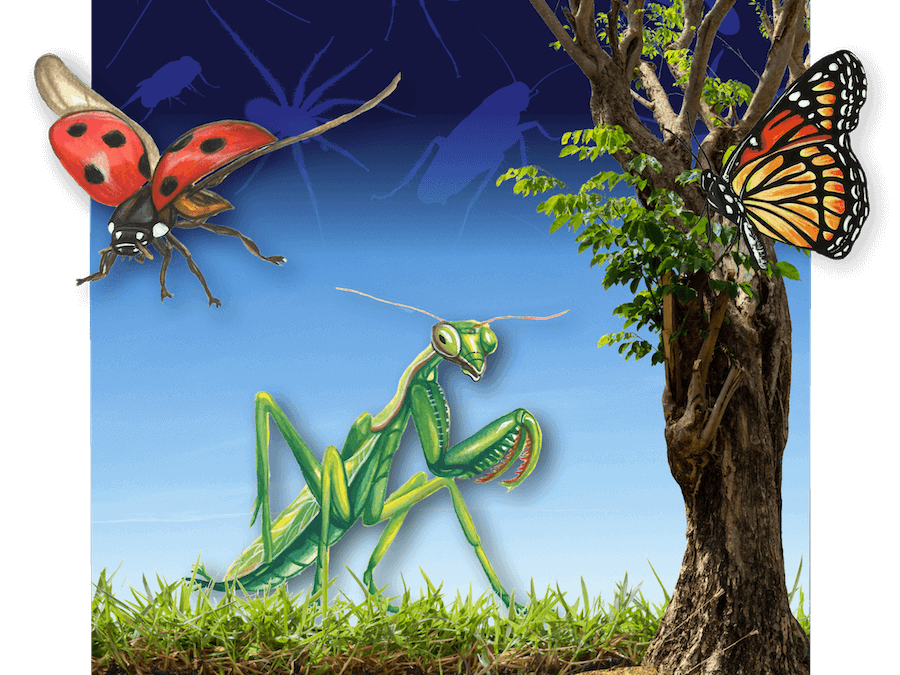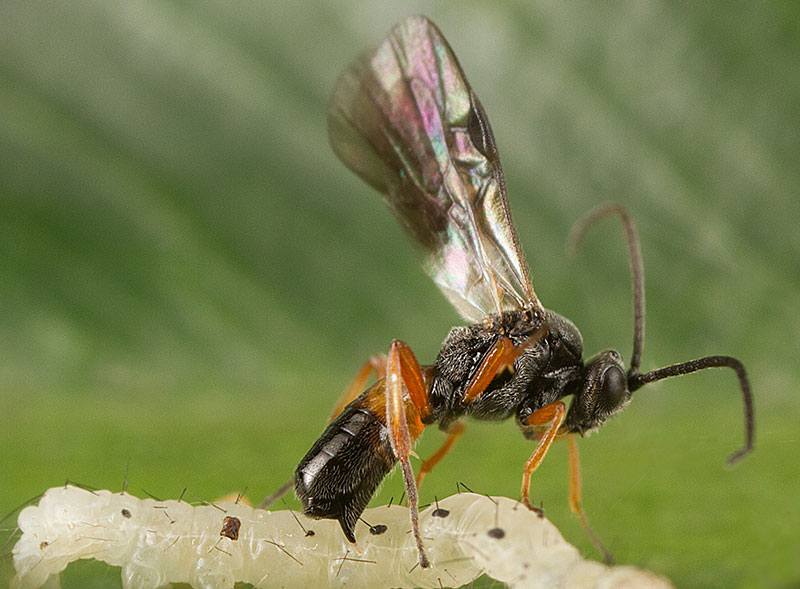Mosquitoes are common nuisance and public health pests around the world. As a result, mosquito control is commonly conducted using a wide range of techniques and products. In recent years, there has been greater recognition that mosquito control should be conducted in a more integrated and comprehensive manner. Integrated mosquito management (IMM) is based on the widely accepted concept of integrated pest management (IPM), which is a broad-based approach that integrates practices to control pests effectively, economically, and with environmental sensitivity. IMM incorporates the use of all available and necessary techniques and products to conduct a comprehensive program in which pest populations are efficiently managed to minimize economic damage, public health risk, and non-target impacts. For many localities conducting IMM, the approach also involves using a step- wise process that is conducted based on the desires of the local populace and the resources available.
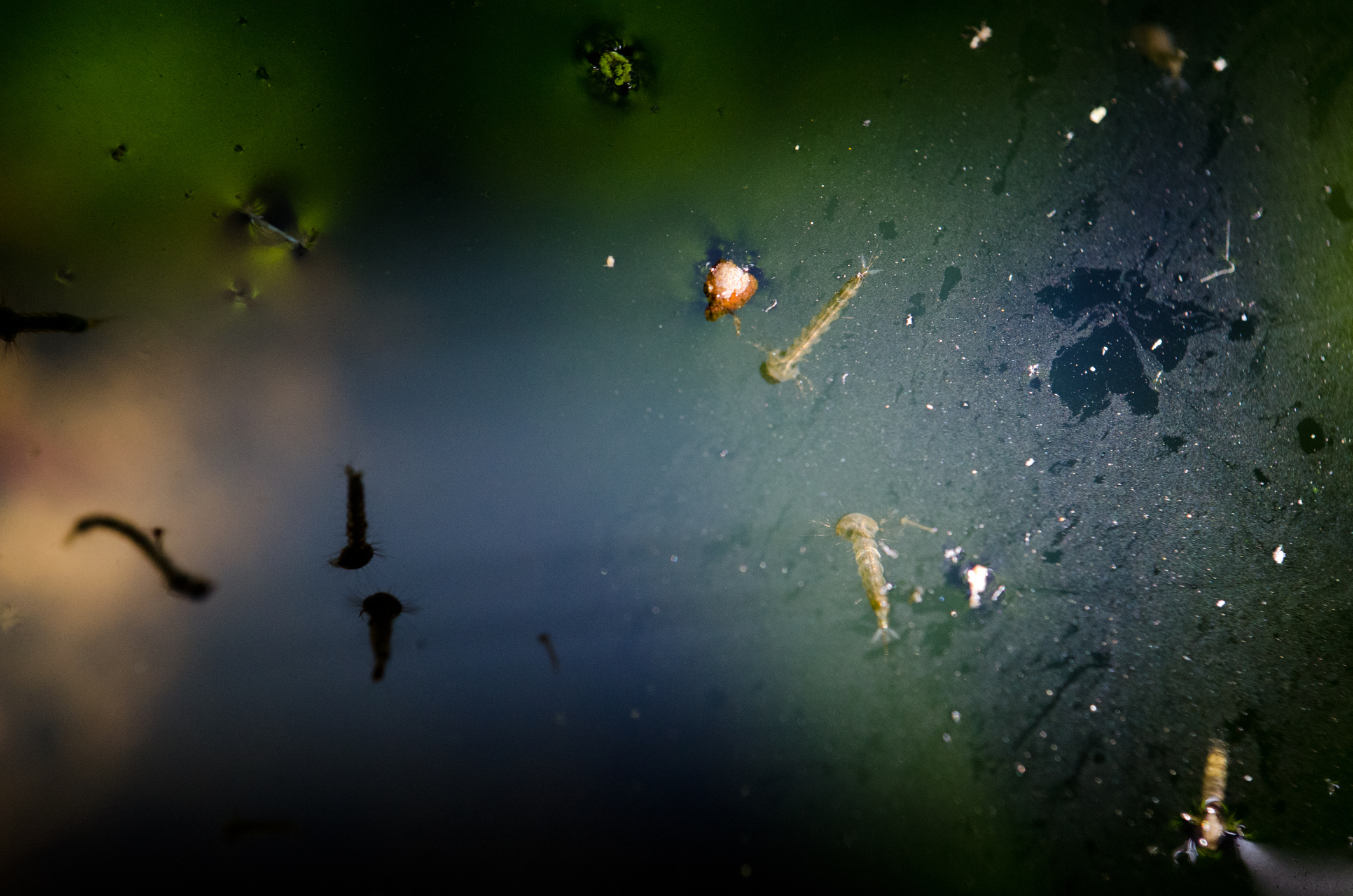
All mosquitoes (Diptera: Culicidae) require standing water for their larval and pupal development. Female mosquitoes deposit their eggs on the surface of standing water or in places that later become flooded or filled with water. After the eggs hatch, the larvae develop through four instars. Under ideal conditions of warm temperatures and abundant food (small plants, animals, and particles of organic matter), the larval stage may only require five to six days, but it usually takes longer. After completing the larval stage, pupation occurs. The pupal stage is a period of transition and often requires two to three days before the adult mosquito emerges onto the water’s surface. The male and female mosquito both feed on nectar and other plant juices to provide energy for flight, but only the female mosquito seeks a blood meal to acquire the nutrients needed to stimulate egg production.
The common components of integrated mosquito management
Education and communication
This component covers a wide range of topics that form a foundation for IMM. It is essential that people understand how to reduce mosquito populations on and around their property. It is equally important for an IMM program to have trained staff to effectively conduct community-wide operations and to professionally represent the program.
-
It’s necessary to educate the public about the importance of understanding mosquito biology and diligently implementing prevention strategies.
-
Governmental representatives must understand the importance of a prevention program that integrates various departments and joint operations in all pest management efforts, such as streets and maintenance, public works, drainage, and tire cleanups.
- Education should occur at all levels (youth, teens, adults, and public and private organizations) and must be comprehensive, pervasive, persuasive, and persistent.
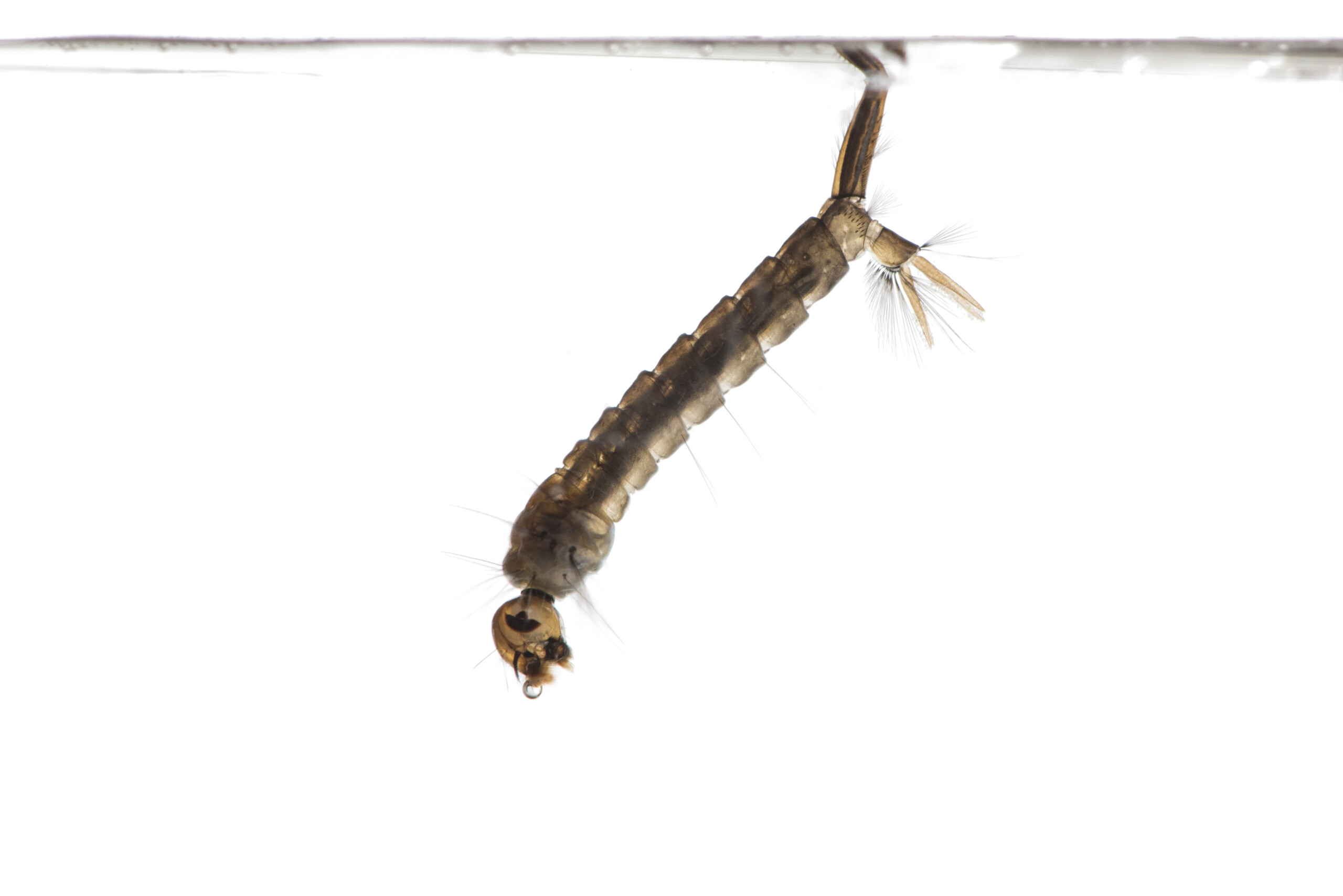
Source reduction
The most effective and efficient intervention for suppressing mosquito populations and it may permanently eliminate larval habitat.
-
“Tip and toss” programs are important for reducing container breeding species around homes. Community cleanup days can be extremely helpful.
-
Anything that will hold water will produce mosquitoes, common items include tires, planters, buckets, tarps, boats, children’s toys, and general yard debris.
-
Maintain proper drainage to prevent standing water.
- Some pest population larval habitats will be expansive, others inaccessible, or difficult to locate. It is very important to record and map these sites for future reference.
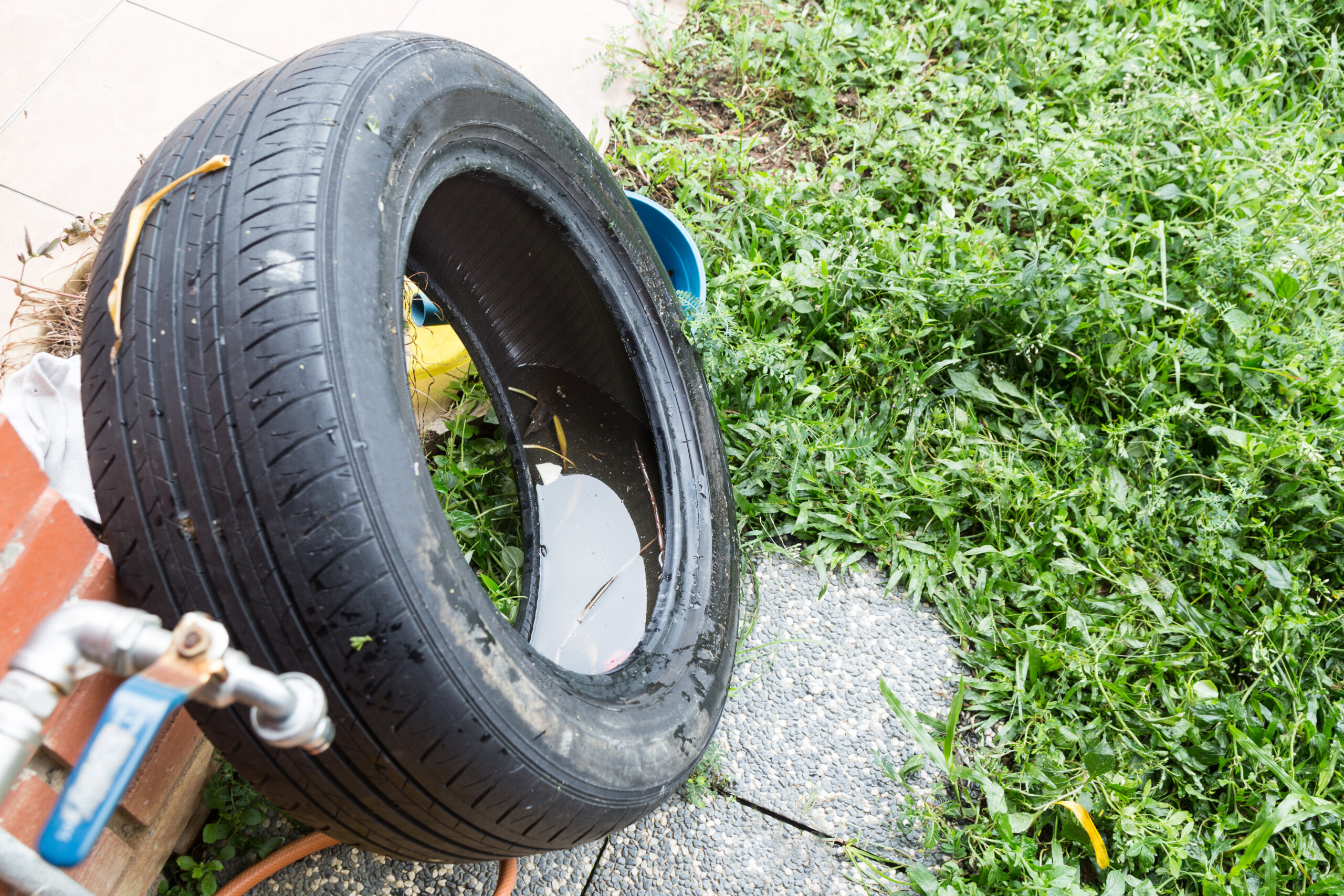
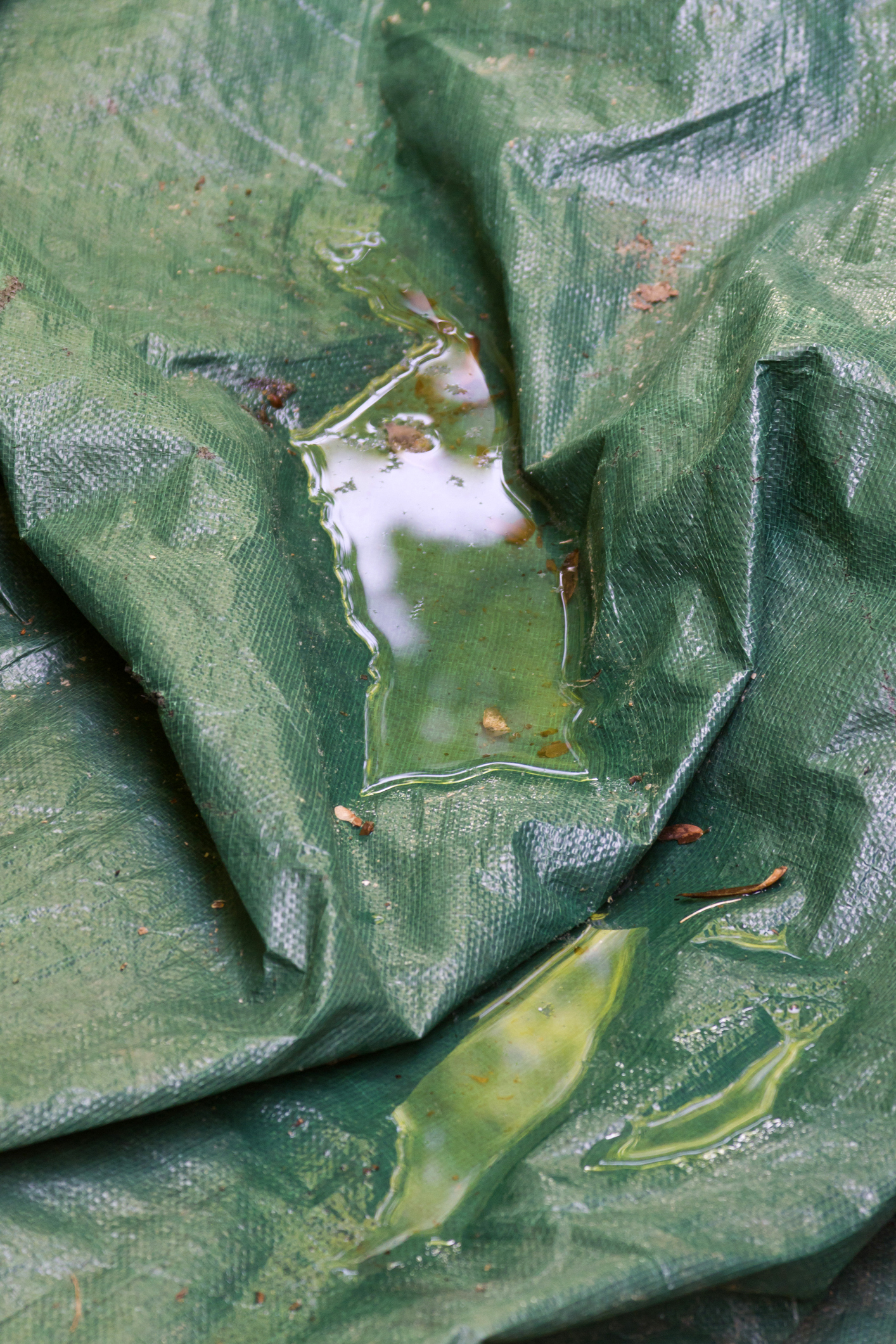
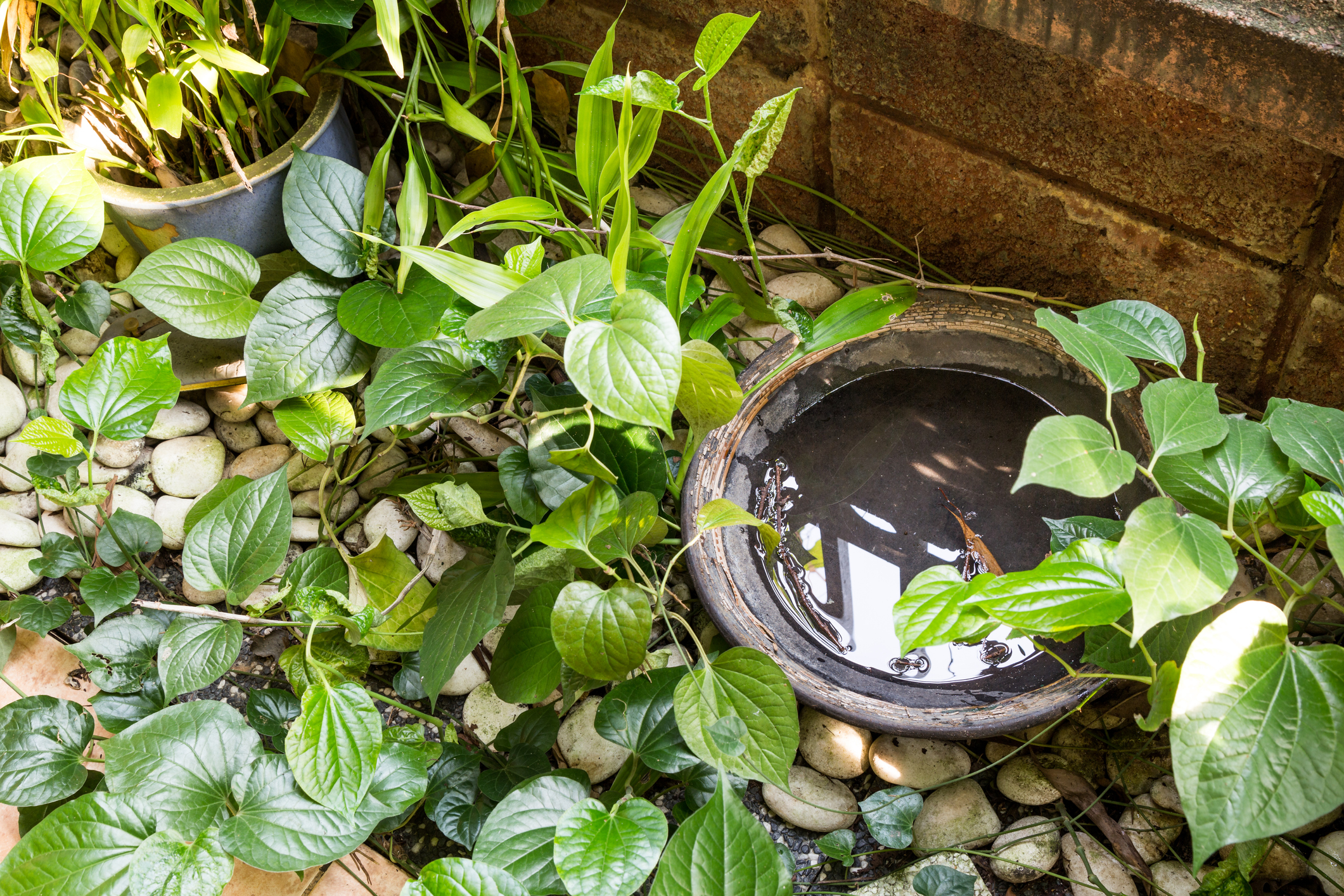
Surveillance
This component is essential to an IMM-based approach. Mosquito control personnel must know what species is causing the pest problem. Taxonomic training is available.
- Collection, identification, and monitoring of adult mosquito populations is integral to controlling the pest.
- Adult surveillance methods range from the use of a sweep net to a variety of traps (CDC Light, Gravid, B&G). Handle adult mosquitoes carefully to retain identifying characters.
- Identification of the adult mosquito helps focus larval surveillance to the particular habitats (containers, wetlands, etc.) associated with the pest species.
- Larval surveillance is labor intensive and commonly involves sampling with a mosquito dipper (8 oz white cup with a 4-ft-long handle). Potential larval habitats must be accessed regularly to provide a relative population index.
- Larvae collected during surveillance efforts should be identified to species to assess future populations and document potential problem areas.
- Record keeping is a critical aspect, as problem areas are often consistent over seasons.
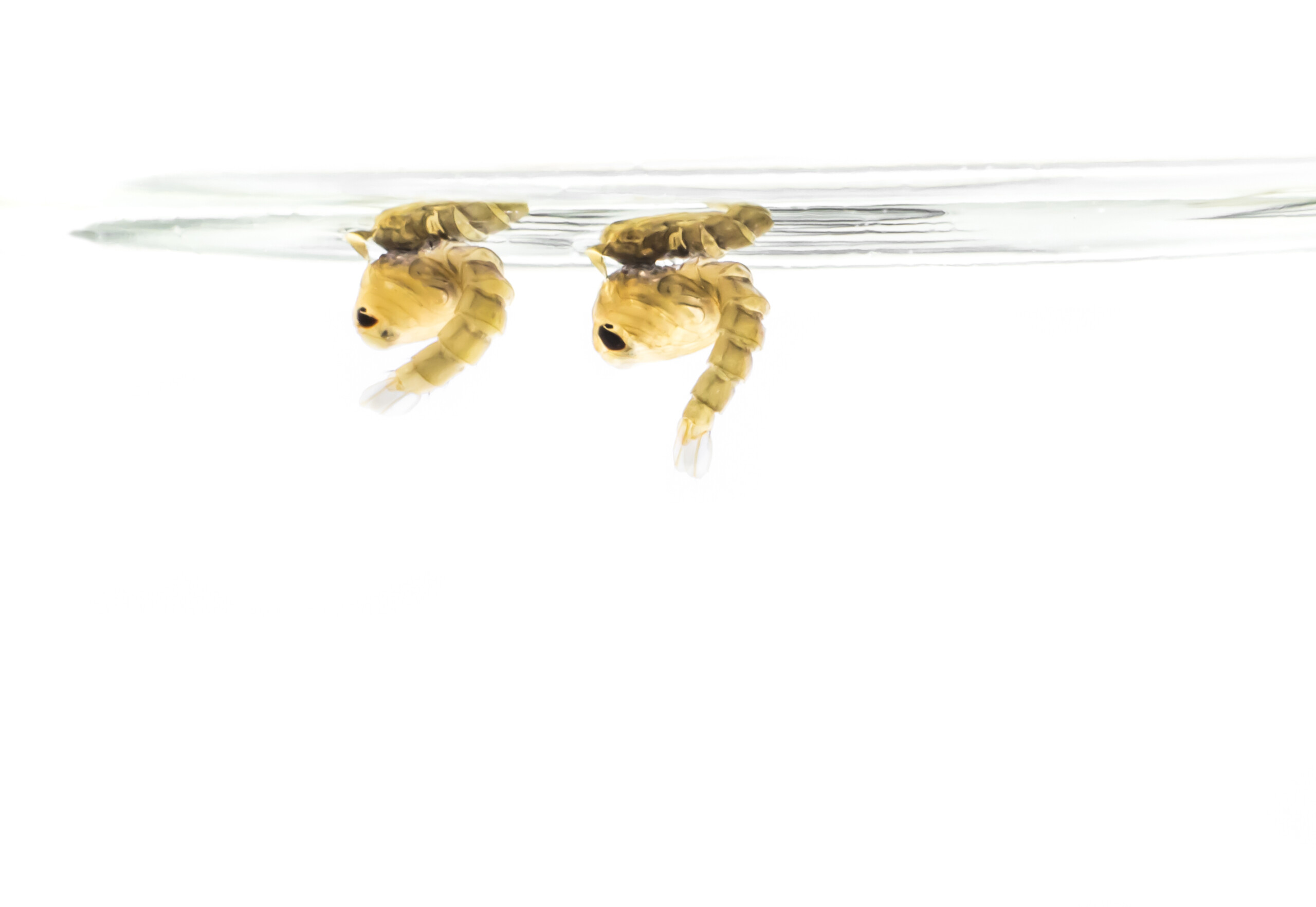
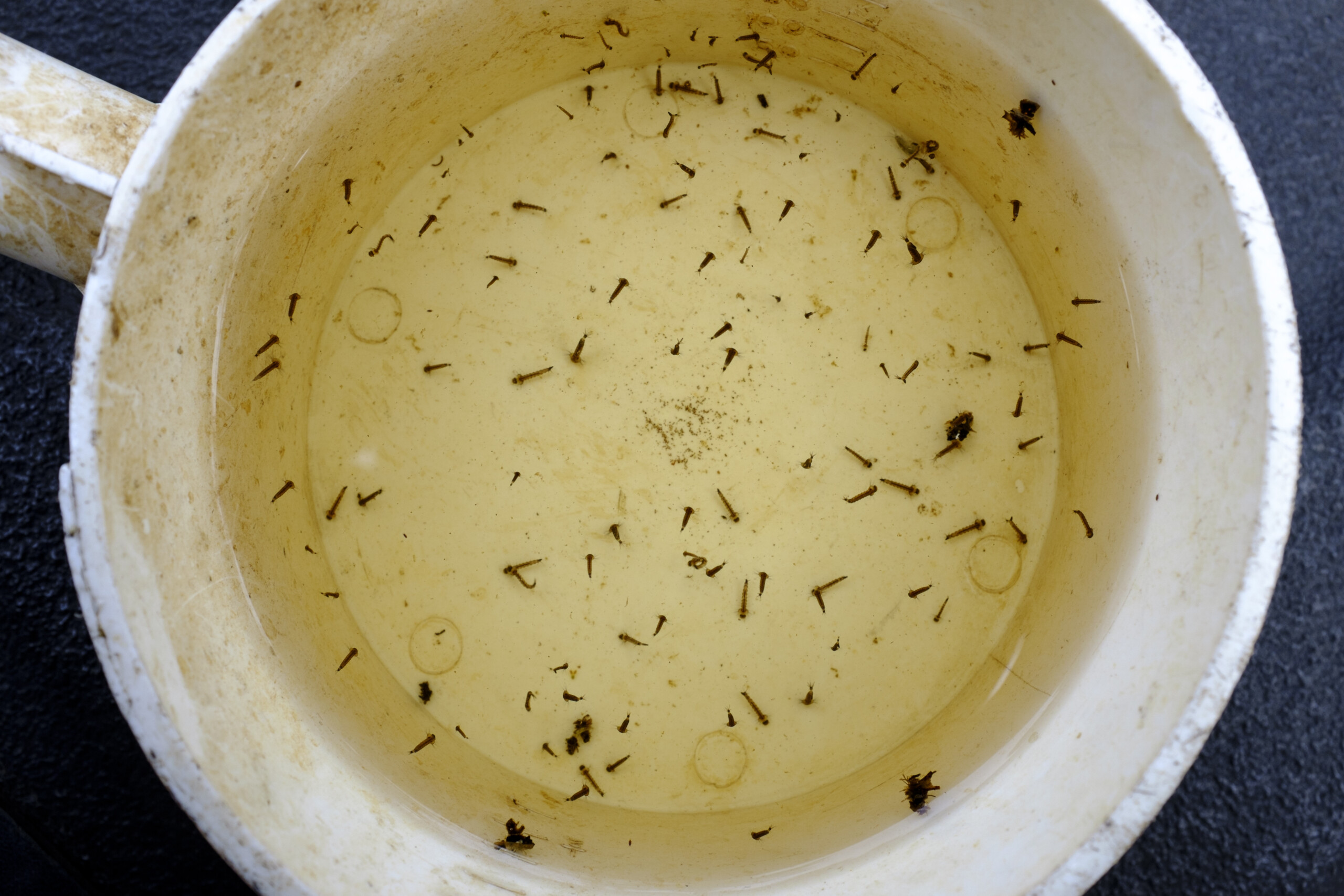
Larviciding
If standing water habitats have larvae present and the water cannot be removed, it could be treated with an EPA-approved larvicide. Mosquito fish are an option for some sites.
- Insect growth regulators and biologically based larvicides include:
- Methoprene
- Bacillus thuringiensis subsp. israelensis
- Bacillus sphaericus
- Spinosad
- Surface film oils are also effective against the pupal stage.
Adulticiding
This component is the essential final option of any IMM program that uses an action threshold to initiate an application. Properly applied applications will suppress the adult mosquito populations that are exposed to the applications. Repopulation will occur if larval habitats are not addressed.
- Typically, ultra low volume (ULV) applications are conducted using either aerial or vehicle-mounted equipment.
- Thermal fogging is used in some areas because it penetrates dense vegetation more effectively.
- Use products with a limited number of active ingredients and pollinator protection information on all labels.
- Organophosphates: Naled, Malathion
- Pyrethroids: Permethrin, Deltamethrin, Sumithrin, Prallethrin, Etofenprox
- Pyrethins
- Pollinator protection should be a priority for all parties involved
- Communication with/between beekeepers and operators is critical.
- Applications can be conducted late in the day to minimize contact.
- Calibration is essential! For all pesticide applications, the label is the law.
Summary
Mosquitoes are common nuisance and public health pests across a variety of habitats. As a result, a wide range of control tactics are used to suppress their populations. The best management practices of IMM incorporate a stepwise approach that can be applied in any community to suit the needs and resources that are available. IMM is a process that should be environmentally conscious while also protecting the public from the nuisance and public health threats caused by mosquitoes. IMM starts by educating the public as to how they can minimize mosquitoes around their homes and neighborhoods. Standing water must be eliminated if at all possible. Containers and common yard items (planters, tarps, tires, drainage pipes, etc.) are particularly problematic. Larval populations that can’t be eliminated through source reduction can be treated with approved larvicides. If nuisance or public health risks are identified and documented, targeted adulticide applications can be initiated after appropriate communication with all involved stakeholders. Pollinator awareness is an important part of these communications. The Georgia Pest Management Handbook has a list of approved larvicides and adulticides. The Georgia Mosquito Control Association (gamosquito.org) provides a wealth of historical and current mosquito-related information.
